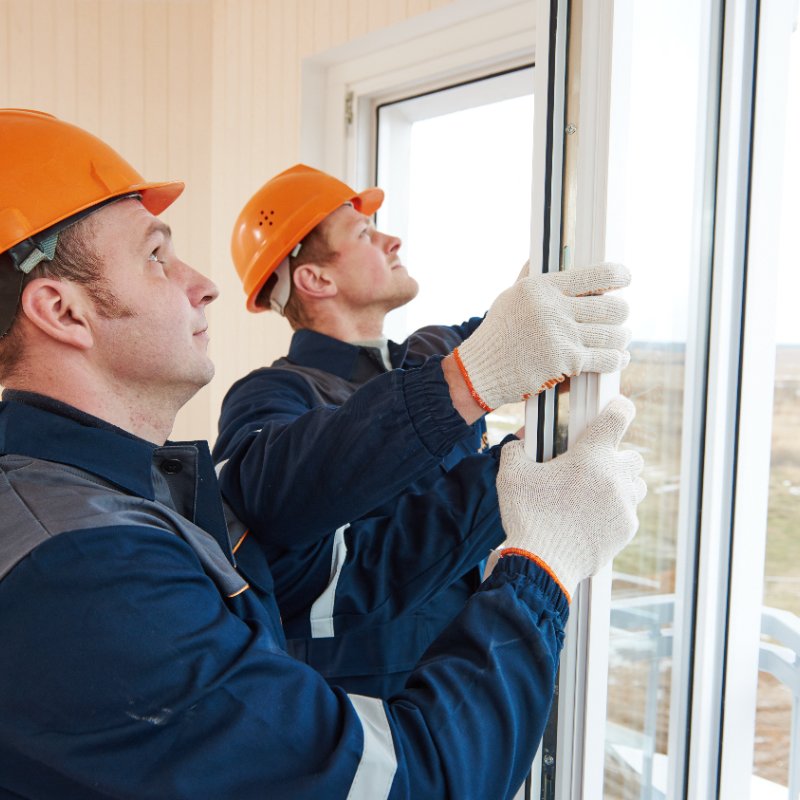
Choosing Energy-Efficient Window Glass
Here in Texas, we’ve survived some pretty ferocious winter weather the past few years. When you couple that with our standard summer weather, it is understandable why more homeowners are looking for window glass replacement options that are energy efficient. This is important because it isn’t just the amount of heating coming through the glass in the summer that matters, but it is also how much heat goes out through the windows in the winter.
What is an energy-efficient window?
Energy-efficient windows are designed to prevent the cooled or heated air from escaping through the windows, wasting the energy used to make your home comfortable. Research has determined that almost two-thirds of the winter heated air is lost through inefficient windows, with single-paned windows being the biggest culprit, with double-paned windows coming in second. New window glass replacements with energy-efficient windows can save you up to 40% on your monthly bills.
Will new windows help with the heat?
Yes, an upgrade in window glass replacement will keep the temperature cooler inside your home during the hot Texas summers and cooler in the winters. The cost of the new windows will give you monthly ROI with lower utility bills and is a value-add to your home.
What is the most energy-efficient window?
If you decide to get window glass replacement, there are several factors to be decided that will give you the most energy efficiency possible. Those factors include:
- Frame
- Gas fills and spacers
- Glazing
- Operation
Let’s review how each of these factors plays a part in getting the best window glass replacement possible:
Vinyl Frames: To get the most from the HVAC or air conditioning system for your home, vinyl window frames have chambers inside them with extra insulation. This keeps the cooled air from escaping through the window frame and the vinyl material reduces the heat transfer too.
Gas Fillers: Double-pane windows are filled with Argon and Krypton Gases, colorless, dense, and odorless, that fill any space between the window panes. This is done during the engineering process, and they play an important part in keeping your home cool in the summer and warm in the winter. With these two gases and the Low-E glazing that window replacement glass offers today, the temperature of the windows is close to the temperature of the living space.
Low-E Glaze: The Low-E coating of window glass replacements is beneficial in cold temperatures and hot temperatures. “Low-E” is abbreviated for “low emissivity” and reduces the heat transferred through the windows by blocking the amount of heat that through the windows. This allows the air conditioning and heating system to work less.
Window Operation: How the window glass replacements operate is important too because some types will leak more air than others. The ones that will leak the least amount of air are awnings, hopper, and casement windows.
Which window material is best?
When you start your journey of getting window glass replacement installed, ask yourself, “What am I looking for in my new windows?”. With that answer, you want to consider these three things when choosing which material:
- The Climate – The climate will have a significant impact. For example, you don’t want to go with a wood frame when you live on the beach. Vinyl is a more durable choice.
- The Architectural Style – The architectural style of your home is another important role in the choice of window glass replacements. In a historic Victorian-era home, wood frame windows would be ideal for blending in with the intricate details and wood siding.
- Your Budget – This may be the biggest and most crucial factor to consider. While you may love the wood frame because it is traditional, it is also expensive. The vinyl option is a budget-friendly choice.
Do window screens reduce heat?
When you can’t afford new window glass replacement, you get desperate in finding ways how to reduce window heat loss, and window screens have become a popular choice for many homeowners.
Window sunscreens stop up to fifty percent of the radiant heat transfer those standard windows allow inside your home during the day. This keeps the interior temperature down which extends on after the sun goes down, keeping your home comfortable through the night.
Does a UV window film reduce heat?
A decorative window film will block up to 90% of the UV rays and provide some privacy. But when it comes to keeping the heat down, UV window film isn’t a solution.

In Conclusion
So, when you can’t afford new window glass replacements or widow sunscreens, and UV window film isn’t going to help, what can I put on my window to keep the heat out? The top 4 choices to fill in where the budget can’t go are:
- Bubble Wrap
- Keep blinds and curtains closed
- Cover the windows with aluminum foil
- Install an awning, which will be another budget issue.
If you can combine two or more of these DIY tricks, you’ll get better results for keeping your home cooler.
